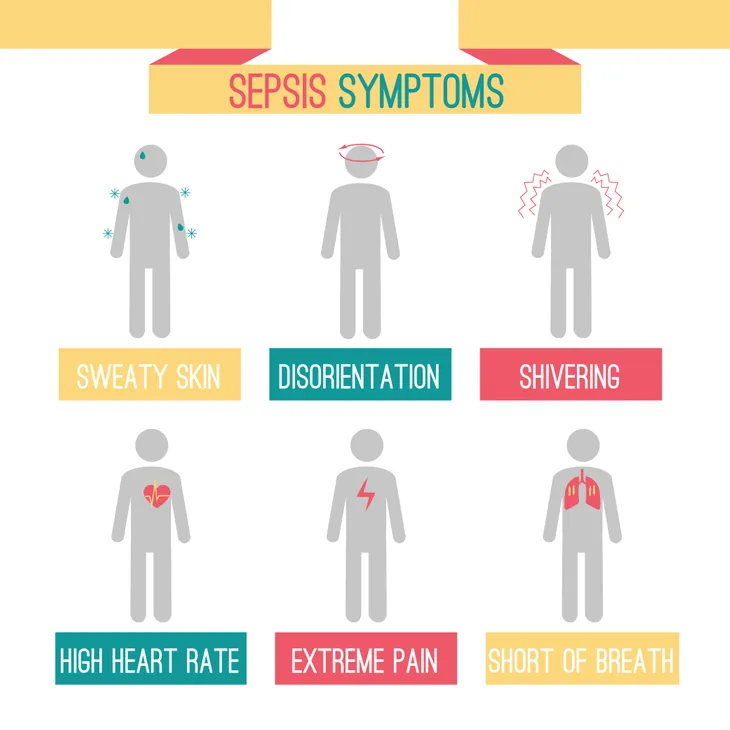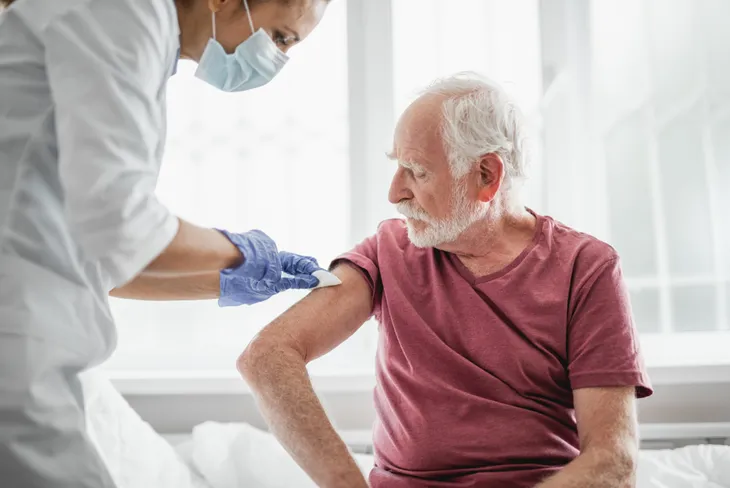Sepsis is dangerous. Technically, it’s a complication that’s related to the body responding to an infection. In the end, it can result in damage to critical tissue, the failure of vital organs, and even death.
To keep you and your family safe, it’s important you know how sepsis is caused, its most visible symptoms, and what steps you can take to help overcome it. Having a firm understanding of sepsis may just save your life or the life of someone close to you…
1. Sepsis Can Happen Anywhere
Because it’s a complication of an existing infection, many people associate sepsis with health care facilities, such as hospitals and nursing homes. However, the truth is that you simply can’t associate the threat of sepsis with one or two types of healthcare facilities.
In reality, sepsis can emerge at any time and affect just about any one. Almost any type of infection can lead to sepsis, and it really doesn’t matter where on the body the infection takes hold.
2. An Infection is a Red Flag
The first step in the emergence of sepsis is an infection, which takes place when germs multiply inside a specific part of the body, resulting in illness, organ damage, and tissue destruction.
There are a few types of infection that are more likely to lead to sepsis, including pneumonia, kidney infection, skin infection, and infections of the digestive system. The germs associated with staph, E.coli, and strep often cause sepsis to emerge.
3. Older People are More Vulnerable
Generally speaking, just about anyone can develop sepsis once they have an infection. The potential for developing sepsis is particularly high whenever an infection is neglected (i.e., when the afflicted refuse to seek treatment).
However, older adults are more likely than people of other age groups to develop sepsis. That’s because, in most cases, people over age 65 have weakened immune systems, leaving them more vulnerable to infections than other adults. Adults with chronic medical conditions, such as diabetes, are also particularly vulnerable to sepsis.
4. Sepsis has a Wide Range of Potential Symptoms
It can be difficult to spot sepsis, because there are so many potential symptoms. Sufferers may shiver and appear cold, or they can develop a high fever, making them feel hot. They can express feelings of pain or discomfort. They may have clammy skin and shortness of breath. In some cases, they may appear confused, even dizzy.
More visible symptoms of sepsis include diarrhea, vomiting, and sore throat. The emergence of any of these symptoms in someone who is known to have an infection should be taken very seriously.
5. Seek Treatment Immediately
There’s no time to lose if you think you or a friend or family member has developed sepsis. It’s crucial that you seek medical help immediately if any of the aforementioned symptoms emerge. This is particularly important if it’s known that the afflicted person has some kind of an infection.
If sepsis is suspected, don’t hesitate to call an ambulance. This is a legitimate medical emergency that, if not treated immediately, could lead to organ failure or even death.
6. Lab Tests May be Required
It can be difficult to diagnose sepsis right away, particularly if an infection has not been previously identified. This is because many of the symptoms of sepsis (i.e., sweaty skin, fever, diarrhea, vomiting, and sore throat) can be easily confused with other common illnesses, such as the flu or common cold.
For this reason, your doctor may need to take samples to conduct lab tests. This will help them determine if an infection exists, opening up the possibility for the development of sepsis. They can then take the right steps towards treating the condition.
7. Rest and Antibiotics = Key Treatments
Patients diagnosed with sepsis are typically admitted to the hospital to receive treatment. Because the condition is considered serious, doctors typically want to monitor the patient around the clock to ensure the infection is being kept under control.
To fight sepsis and the underlying infection, doctors typically prescribe intravenous (IV) antibiotics. If patients are having a hard time breathing or eating, they may receive oxygen or IV fluids. If sepsis has attacked vital organs, such as the stomach or kidneys, then dialysis or surgery may be required.
8. Recovery is Expected
Sepsis can be an incredibly scary condition. Those suffering from sepsis can appear incredibly sick and, in some cases, may need to spend many days in the hospital under the close watch of medical professionals.
However, the good news is that most people who get sepsis recover completely and eventually return to normal lives. This may not be the case, however, where major organs have received extensive damage; in these cases, long-term treatment may be required for these organs, as they are not functioning at their full capacity.
9. Sepsis Can be Prevented
There are ways to prevent an infection from becoming sepsis. The first step is vaccination against the flu, pneumonia, and other common types of infection. People who have these medical conditions are at increased risk for developing sepsis.
It’s also important to properly treat any wound that, if neglected, could lead to sepsis. This involves cleaning scrapes and wounds and practicing proper hygiene when caring for someone with an infection. Keep the area around the patient as clean as possible at all times.












